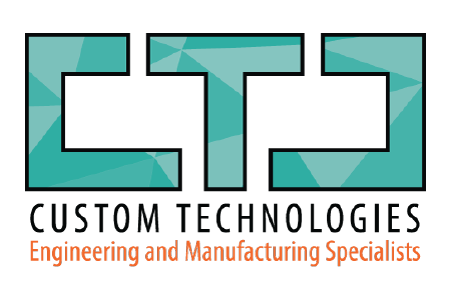In recent years, automation has made significant strides in various industries, revolutionizing processes, enhancing efficiency, and improving productivity. However, along with its many benefits, the rapid expansion of automation has sparked concerns and fears about robots taking over jobs and the future of employment. In this article, we will explore the role of automation in today’s world, address common fears, and highlight the coexistence of humans and robots through cobotic solutions.
The Rapid Expansion of Automation
The rapid expansion of automation is undeniable. Industrial automation technologies, such as robotic arms and conveyor systems, have become increasingly prevalent in manufacturing, logistics, and other sectors. Automation’s ability to perform repetitive and labor-intensive tasks with precision and speed has led to widespread adoption.
Robots Taking Over Jobs: Separating Fact from Fiction
One of the most common fears associated with automation is the belief that robots will take over jobs, leaving humans unemployed. While it’s true that automation can replace certain routine tasks, it’s essential to understand that automation is not synonymous with job elimination. Instead, it often complements human labor and enhances overall productivity.
Will Robots Take My Job?
The fear of job loss due to automation is a valid concern, but it’s essential to consider the bigger picture. Automation typically targets tasks that are monotonous, dangerous, or highly repetitive. These tasks, when automated, can free up human workers to focus on more creative, strategic, and complex aspects of their jobs. Instead of taking jobs away, automation can transform them.
Jobs at Risk of Automation
Certain jobs are indeed at risk of automation, primarily those that involve routine and predictable tasks. Examples include data entry, repetitive assembly line work, and basic customer service roles. However, it’s essential to recognize that new job opportunities are emerging in automation-related fields, such as robot programming, maintenance, and supervision.
Cobotic Solutions: Humans and Robots Working Together
Cobots, or collaborative robots, are a prime example of how automation can coexist with human workers. These robots are designed to work alongside humans, enhancing safety and productivity. They are equipped with advanced sensors that allow them to adapt to their environment, ensuring that they can work safely alongside humans without causing harm.
Real-World Applications of Cobotic Solutions
Cobots have found applications in various industries, from manufacturing to healthcare. Here are a few examples:
- Manufacturing: In automotive manufacturing, cobots assist human workers in tasks like assembly, welding, and quality control. They improve efficiency while reducing the risk of worker injuries.
- Healthcare: Cobots are used in hospitals to transport supplies, assist with surgery, and even interact with patients. They enhance the capabilities of medical professionals, making healthcare more efficient and safer.
- Logistics: In warehouses and distribution centers, cobots collaborate with workers to handle repetitive tasks like picking and packing. This speeds up order fulfillment and reduces errors.
- Agriculture: In agriculture, cobots are used for tasks like planting, harvesting, and crop monitoring. They work alongside farmers to increase crop yield and reduce labor-intensive work.
Conclusion
Automation, including cobotic solutions, is a powerful tool that should not be feared but embraced. While automation is transforming the workforce, it is also creating new opportunities and enhancing the quality of work. The future of work is likely to be a collaborative one, where humans and robots work together to achieve greater efficiency and innovation. It’s crucial to recognize that automation’s goal is not to replace humans but to augment their capabilities and improve the overall work experience. By understanding and embracing the potential of automation, we can navigate the changing landscape of work and seize the opportunities it offers.

